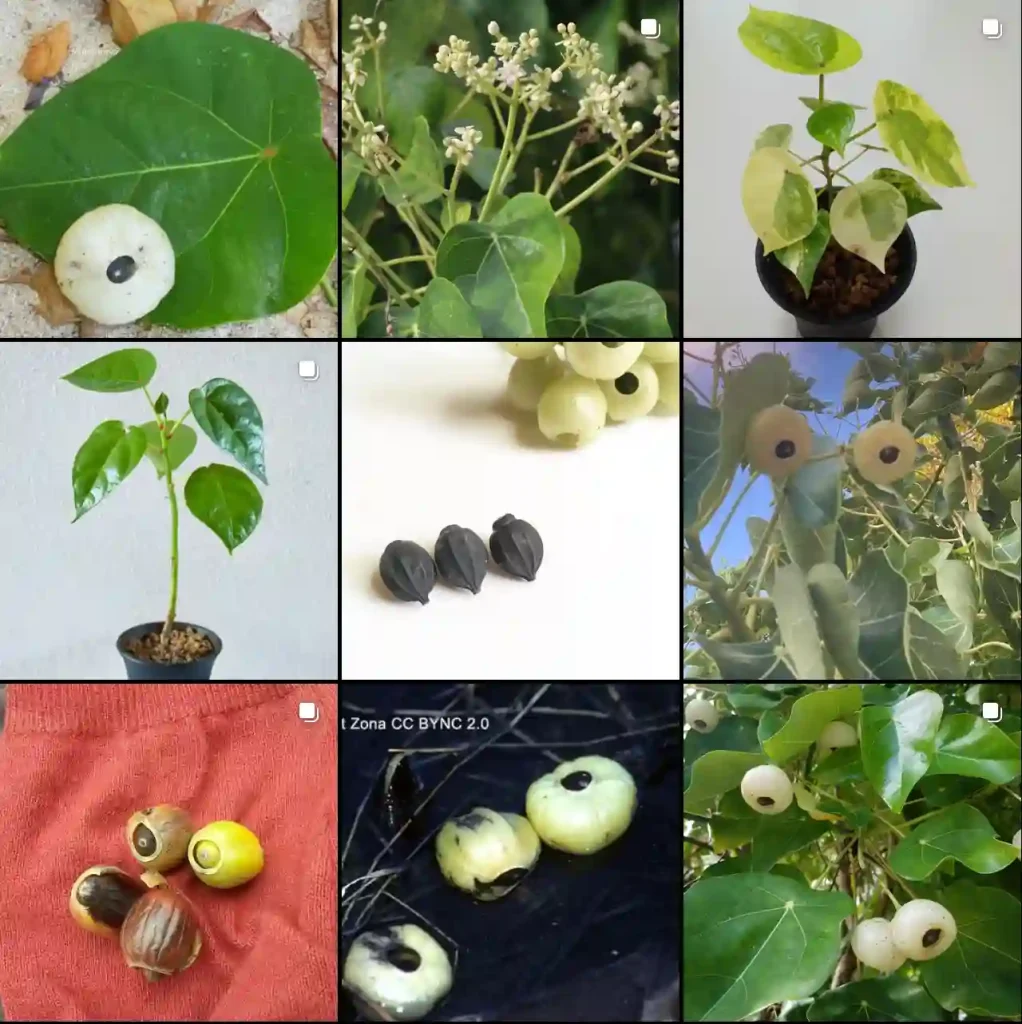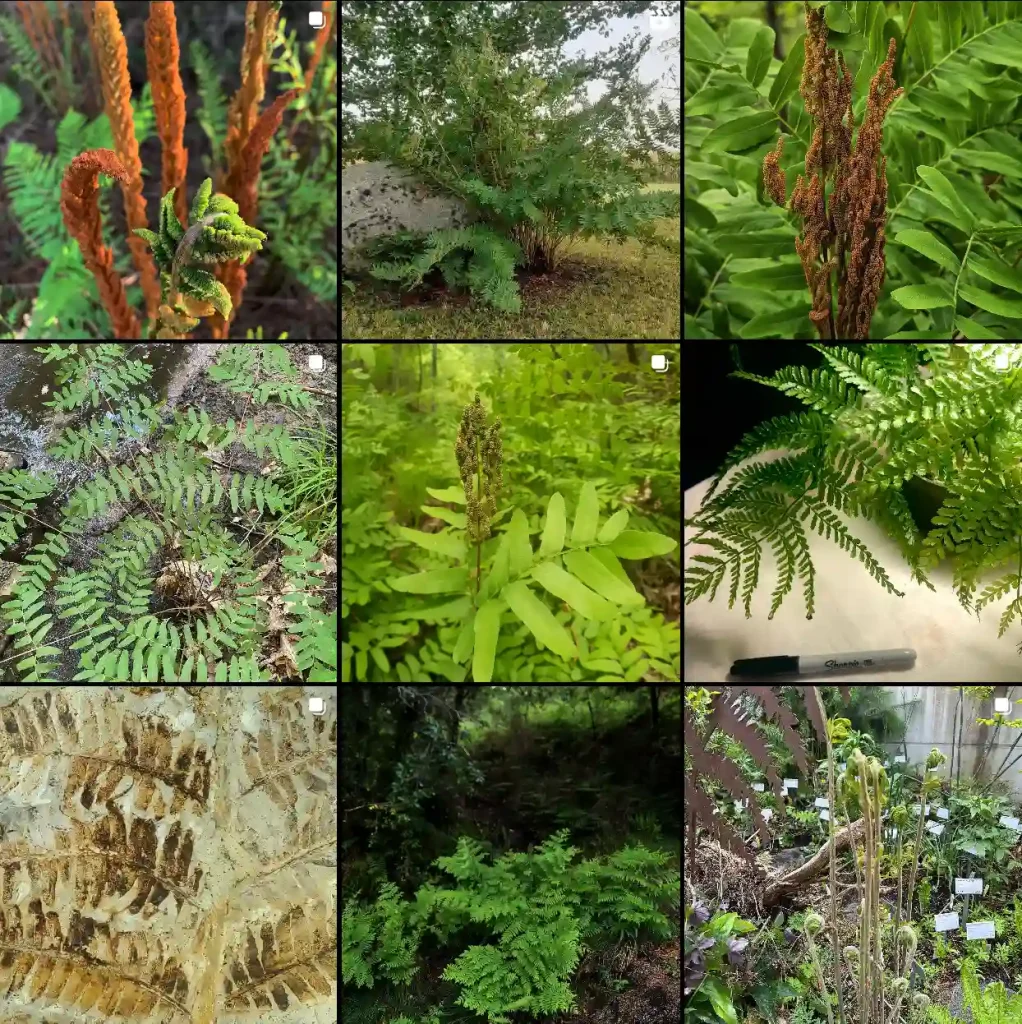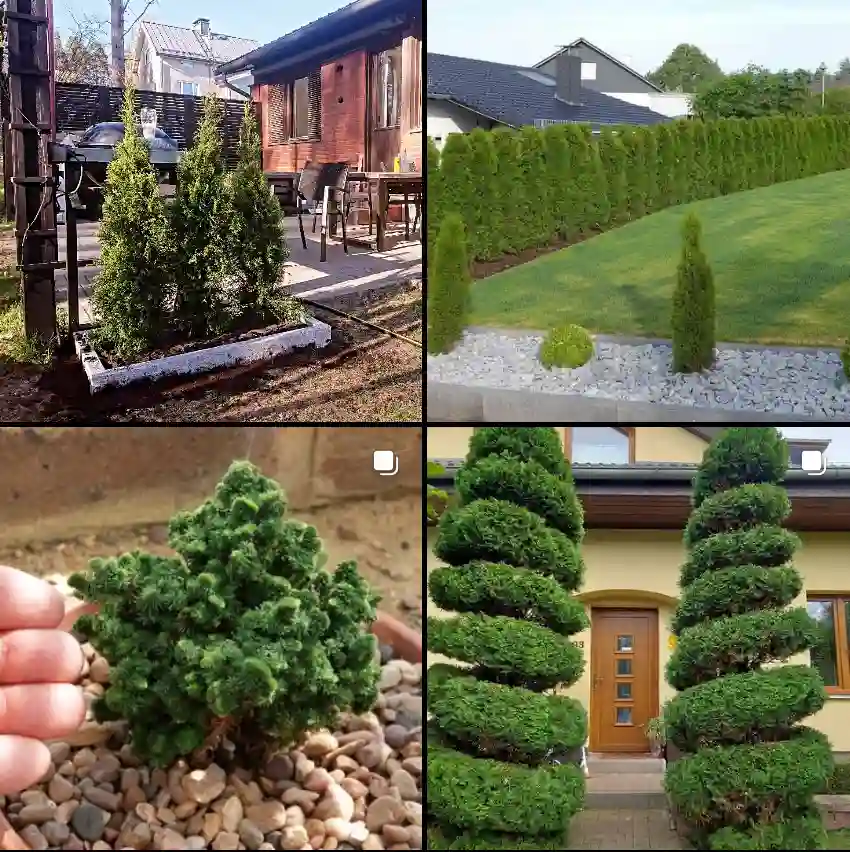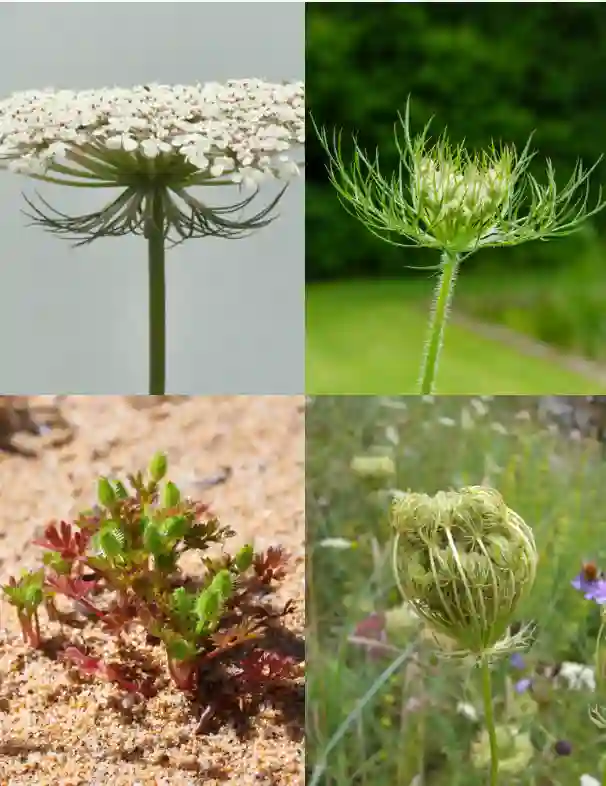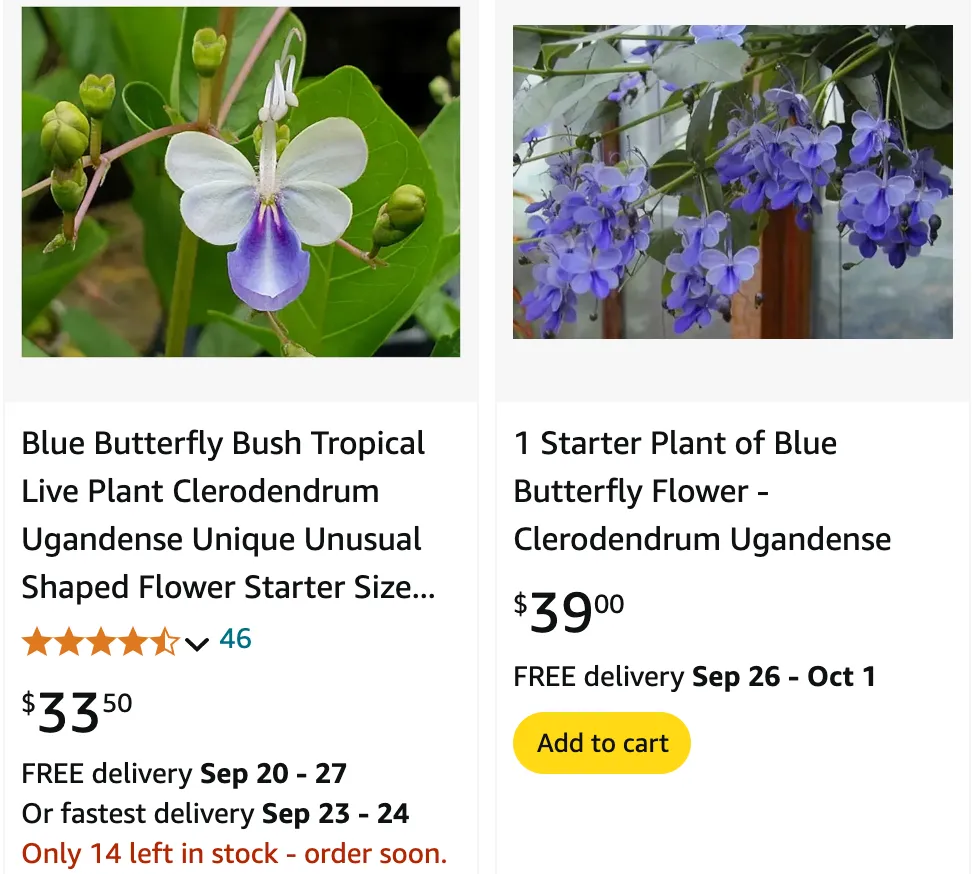
FAQs About Clerodendrum Ugandense
If you’re like me and have recently fallen in love with the stunning Clerodendrum Ugandense, you probably have a lot of questions about how to care for it. This plant, known for its gorgeous blue flowers and lush foliage, can be a bit of a challenge but is well worth the effort. Here’s a comprehensive guide to help you navigate the essentials of growing, propagating, and maintaining this beautiful plant.
239 Species in Genus Clerodendrum
How to Grow Clerodendrum Ugandense?
Growing Clerodendrum Ugandense, often called the Blue Butterfly Bush, requires a bit of attention to detail. I’ve found that it thrives in well-drained soil and prefers a spot with full sun. It’s quite hardy but does best in USDA zones 9 to 11. Make sure the soil is rich in organic matter, as this plant appreciates a nutrient-dense environment.
When planting, choose a location where it will have ample space to spread out, as it can grow quite large. Providing a support structure or trellis can also help it grow more upright and prevent it from sprawling. Regular watering is crucial, but avoid overwatering as this can lead to root rot.
How to Propagate Clerodendrum Ugandense?
Propagating Clerodendrum Ugandense is relatively straightforward. The best method I’ve found is through cuttings. In late spring or early summer, take 4-6 inch cuttings from a healthy plant. Remove the lower leaves and dip the cut end in rooting hormone to encourage growth. Plant the cuttings in a mix of potting soil and perlite, and keep them in a warm, sunny spot. Ensure the soil remains moist but not waterlogged.
Once the cuttings develop roots, which usually takes a few weeks, you can transplant them into larger pots or directly into the garden. It’s a rewarding process to watch these cuttings grow into full plants!
How to Prune Clerodendrum Ugandense?
Pruning Clerodendrum Ugandense helps maintain its shape and encourages new growth. I usually start pruning in early spring before new growth begins. Remove any dead or damaged stems, and cut back about one-third of the plant to promote a bushier appearance. If your plant becomes too leggy or overgrown, a more substantial prune may be necessary.
Regular pruning also helps manage the plant’s size and keeps it looking neat. It’s also an opportunity to remove spent flowers and encourage a longer blooming period.
Is the Clerodendrum Ugandense Nectar for Butterflies?
Yes, the Clerodendrum Ugandense is quite attractive to butterflies! Its vibrant blue flowers are rich in nectar, making it a favorite among pollinators. If you’re aiming to create a butterfly-friendly garden, this plant is an excellent choice. I’ve noticed that butterflies are drawn to its blossoms, and it adds a delightful touch of life to the garden.
Will Clerodendrum Ugandense Recover from Frost Damage?
Clerodendrum Ugandense is not particularly frost-tolerant. In colder climates, frost can damage or kill the plant. If you experience frost, it’s best to protect your plant with mulch or burlap to provide some insulation. If the plant does suffer frost damage, don’t panic. It often recovers once the weather warms up, although it may take some time for new growth to emerge.
How to Care for Clerodendrum Ugandense?
Caring for Clerodendrum Ugandense involves regular maintenance. Ensure it’s planted in a location with good sunlight and well-draining soil. Water regularly but avoid waterlogging. Fertilize during the growing season with a balanced fertilizer to support its vibrant blooms.
What to Plant with Clerodendrum Ugandense?
Pair Clerodendrum Ugandense with plants that have contrasting textures and colors. Consider companion plants like ornamental grasses, which provide a nice contrast to its lush foliage, or other flowering plants that can complement its blue blossoms. Planting it alongside other tropical varieties can also enhance its vibrant appearance.
Can You Grow Clerodendrum Ugandense Indoors?
Growing Clerodendrum Ugandense indoors is possible but can be challenging. It requires plenty of sunlight, so a south-facing window or supplemental grow lights are essential. The plant also needs high humidity and regular watering. Be prepared to provide the right conditions to keep it healthy indoors.
Is Clerodendrum Ugandense Toxic?
Clerodendrum Ugandense is not known to be toxic to pets or humans. However, it’s always a good idea to keep any plants out of reach of curious pets or young children, just in case.
Common Problems with Clerodendrum Ugandense
One common issue I’ve encountered is powdery mildew, especially in humid conditions. Ensure good air circulation around the plant and avoid overhead watering to prevent this problem. Other issues include spider mites and aphids, which can be managed with insecticidal soap or neem oil.
Compare Clerodendrum Ugandense with Other Similar Plants
If you’re considering Clerodendrum Ugandense, you might also be interested in similar plants like the Clerodendrum Thompsoniae or Clerodendrum Bungei. While they share some similarities, Clerodendrum Ugandense stands out for its unique blue flowers, whereas the Thompsoniae has red and white blooms.
By following these guidelines, you’ll be well on your way to successfully growing and enjoying Clerodendrum Ugandense in your garden or home. It’s a beautiful plant that, with a bit of care, can be a standout feature in any landscape.
If i die, water my plants!
